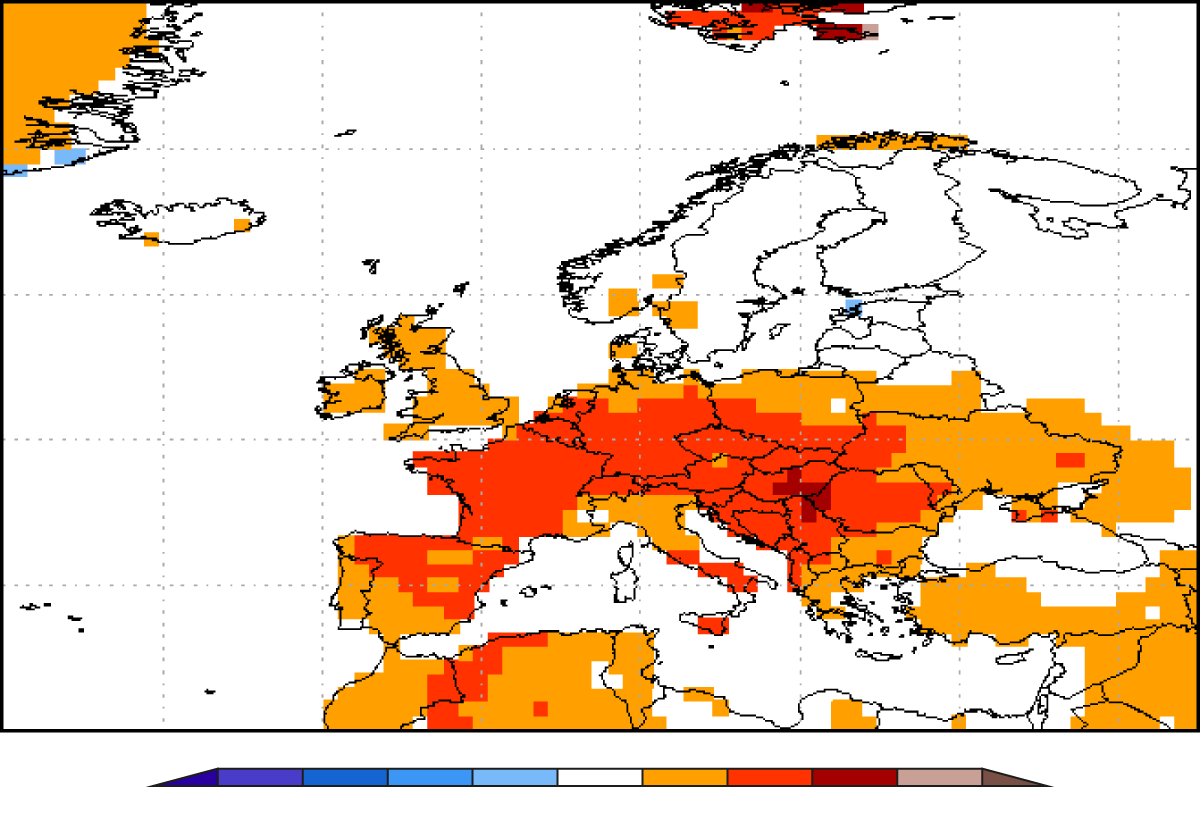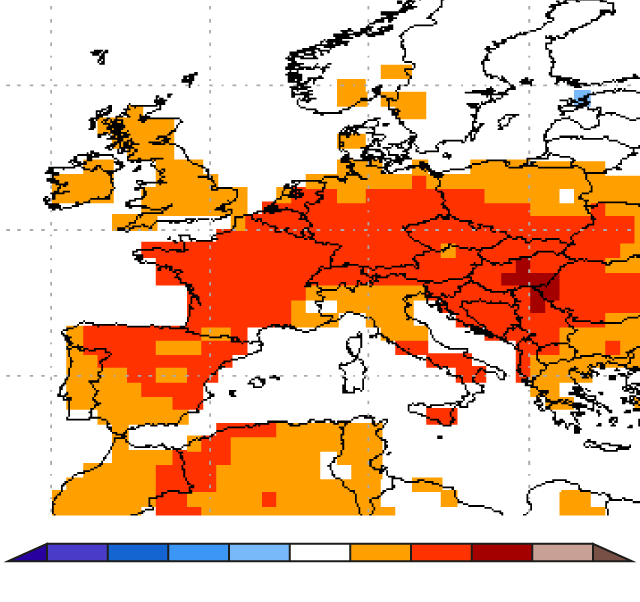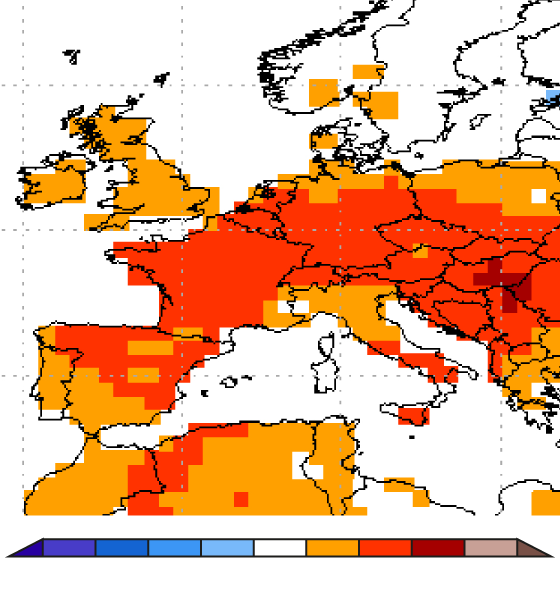Summer is officially here: Will it be as hot as it seems?
The new season begins with a very warm and summery atmosphere that has been established for weeks in our country.


BarcelonaThe atypical midsummer atmosphere has been settling in our country for weeks now. But astronomical summer only officially begins this Saturday at 4:42 a.m. That's when the summer solstice occurs, giving rise to the shortest night and longest day of the year. A phenomenon that, contrary to what many people think, isn't due to Saint John's Day. The new season will last 93 days—until September 22nd—and will begin coinciding with the Saint John's Day long weekend, with soaring temperatures and a torrid peak more typical of the dog days.
For weeks now, temperatures have been much higher than what would be appropriate, anomalies that in some cases have exceeded eight degrees. And we've already had some heat records, both in the air and at sea. For example, as many as 18 stations with more than twenty years of data from the Meteorological Service of Catalonia have recorded the warmest first half of June. And this month will remain on the podium of the warmest Junes ever recorded in our country. All of this is the result of the sustained presence of very warm air from North Africa in our country. Plenty of heat, and it looks like it will be the trend for the summer.
Long-term maps from the two main reference meteorological models—the European and the American—predict a summer with above-average temperatures throughout the season. Specifically, the maps indicate that summer temperatures in Catalonia will be between 1 and 2°C above average. This scenario increases the likelihood of further long periods of intense heat over the coming weeks. This temperature anomaly could continue into early autumn.
In September, we'll have to take stock to see whether or not this summer will make it onto the podium of the warmest on record, considering that the last three summers currently hold the top three spots, with 2022 leading the ranking as the warmest ever in Catalonia.
As for rainfall, the maps indicate that we'll have the usual rainfall for the season, or even higher in the Pyrenees and Pre-Pyrenees of Lleida and nearby areas. In any case, it's a dry season in our country, especially in July. Therefore, we shouldn't expect significant rainfall, but it does seem that the classic summer showers and storms will be present.
The essential astronomical events
Summer is the best time of year to enjoy the night sky. The most anticipated phenomena are the meteor showers. The first will be the Delta Aquariids. It will occur between mid-July and mid-August, but the peak of activity will be on the night of July 30-31, when about 25 meteors per hour can be seen in the sky. The Moon will then be in its first quarter and will illuminate the sky in the early evening. It will set after midnight, making it the best time to observe the spectacle.
But the most anticipated and famous meteor shower of the year is the Perseids, popularly known as the tears of Saint Lawrence, because the peak always coincides around the saint's day (August 10). August, when around 100 meteors per hour or more can be seen. July 3rd will also mark the annual maximum distance between the Sun and Earth, a phenomenon known as aphelion. In addition, on September 7th there will be a total lunar eclipse visible from our homes.



